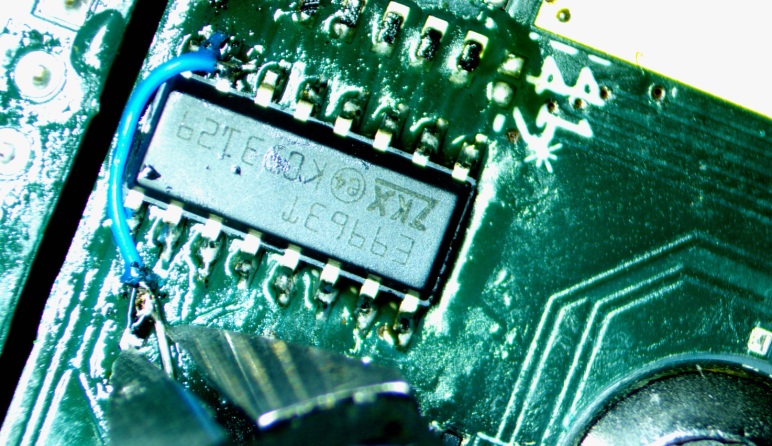There are many articles that explain embedded software, bare metal programming, and architectural design, providing a lot of practical tips. The great majority of projects, particularly those that require quick but nice prototypes, are based on Arduino. However, starting an Arduino project seems not to require any theoretical knowledge of firmware architecture, bare metal, and … Continue reading Toggling a pin, thoughts on code portability


